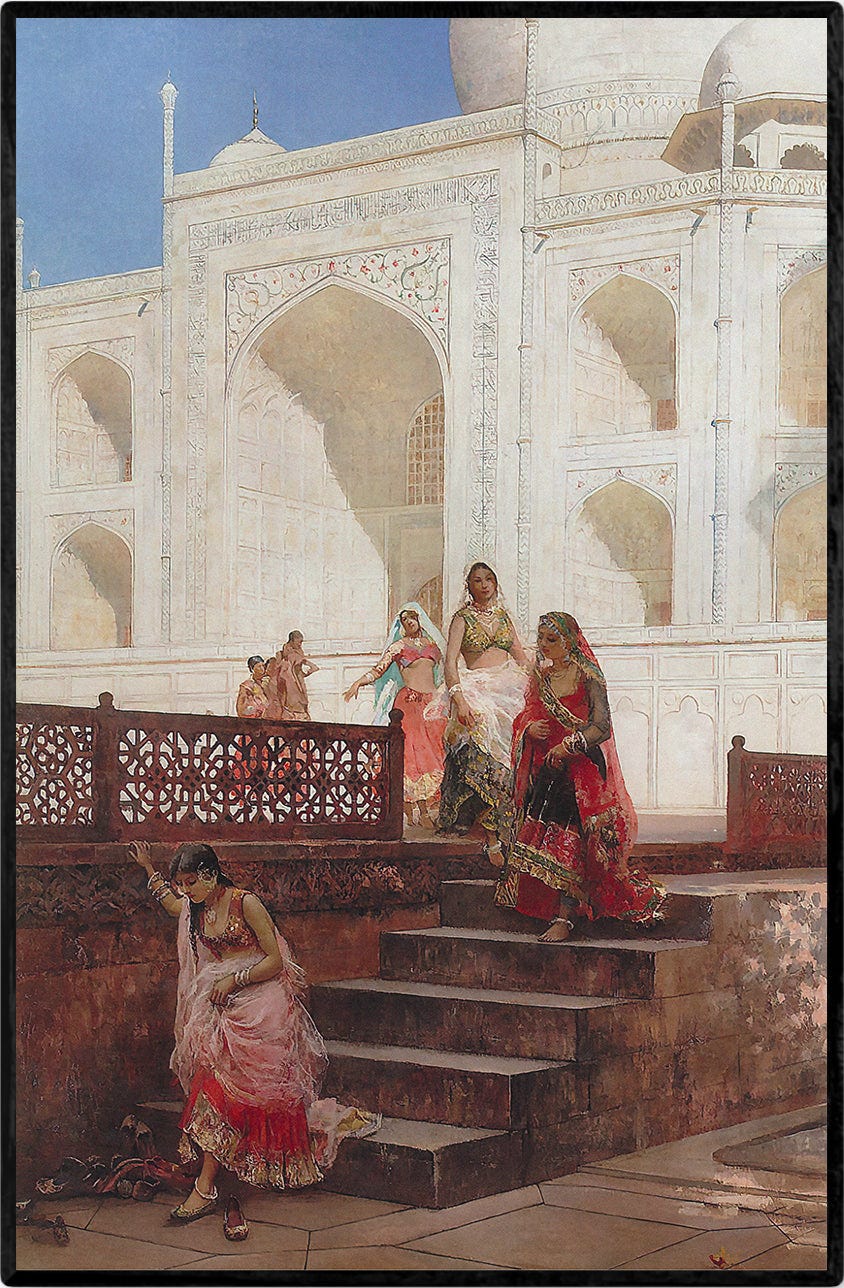Welcome to the Brown History Newsletter. If you’re enjoying this labour of love, please do consider becoming a paid subscriber. Your contribution would help pay the writers and illustrators and support this weekly publication. If you like to submit a writing piece, please send me a pitch by email at brownhistory1947@gmail.com.
Don’t forget to check out our SHOP and our Podcast.

Recommended Reads:
How South Asian Doctors Saved the NHS
Those of us living in the UK, the NHS is more than just a healthcare system, it’s practically a national religion. These are the terms in which former British Politician Nigel Lawson described the situation at least. And it's easy to see why: the National Health Service has saved hundreds of thousands, perhaps millions, of lives in its almost 80 year lifespan, and it is entirely free of charge for any British citizen who walks through its doors. The blue ‘lozenge’ is one of the most recognizable logos in not just the UK, but the world and the NHS finds itself on the front page of national newspapers making headlines or forming a topic of conversation in everyday British life.
But having worked in the NHS, what is little appreciated about it, is its deep, inherent reliance on migrant workers. From doctors and nurses to healthcare assistants, porters, and cleaners, the NHS has long depended on a steady flow of labour from former colonies of the British Empire. Yet their contributions have often gone unrecognized, especially in recent times. One of the most prominent examples of this legacy is the vital role played by South Asian doctors. Many of my colleagues, and the public for that matter, assume this begins in the latter half of the 20th century, but the reality could not be more different, mostly because many who grew up throughout the 60s and 70s, into the 2000s, became accustomed to the sight of Indian and Pakistani takeaways and cornershops, or cricketers of South Asian descent. But the image of the South Asian doctor is another, often overlooked legacy of the community's enduring impact on post-war Britain. In fact, there is evidence of Indian doctors studying and practicing in the UK as early as the mid-19th century, and even before that.








